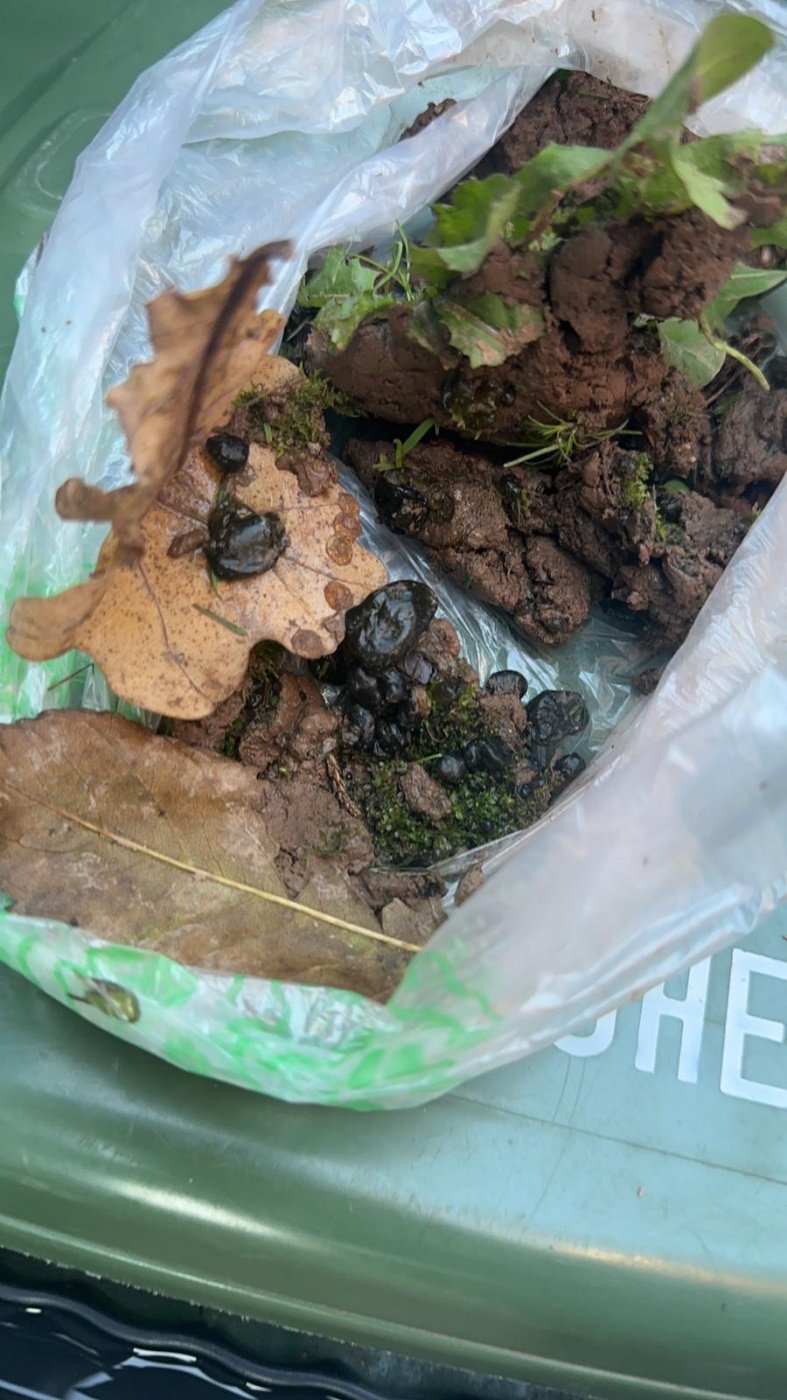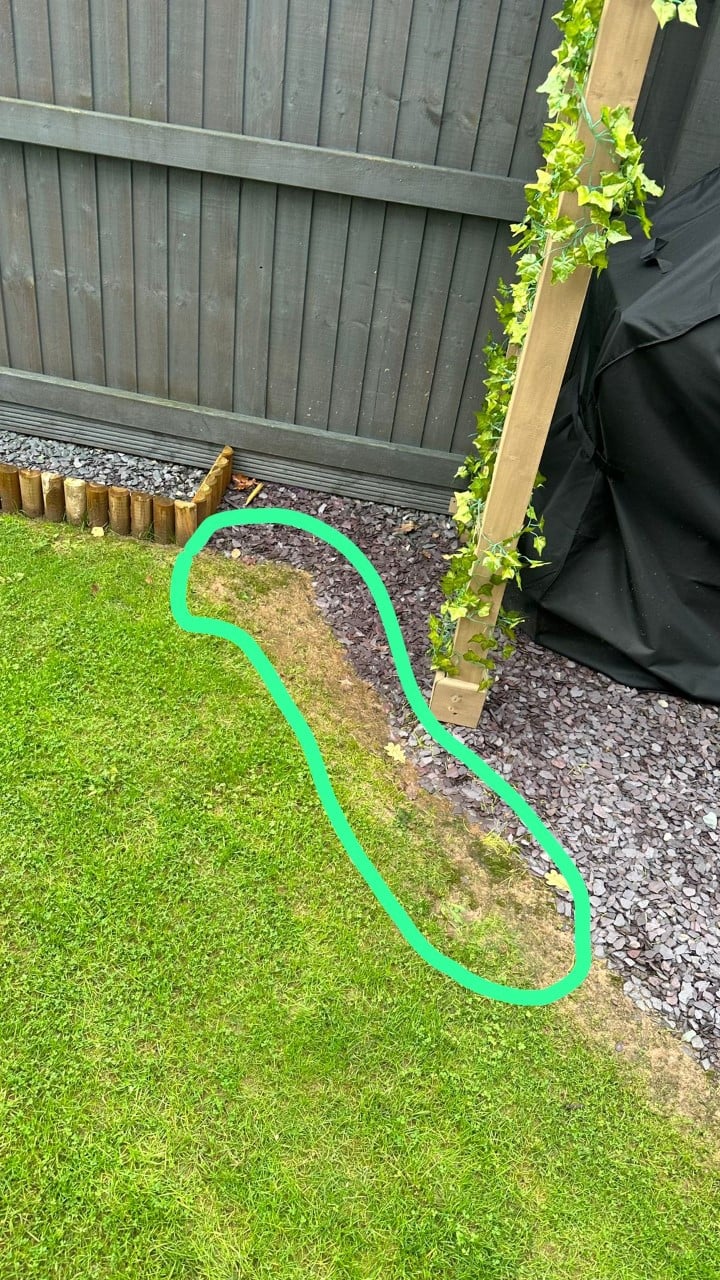This Forum will close on Wednesday 27 March, 2024. Please refer to the announcement on the Discussions page for further detail.
What are they
My nephew who is setting up home and is getting to grips with gardening as a complete beginner, sent me the attached photos of something which I have never seen in a garden before after 6 decades.
The seem to be attracted to the gravelly boundary with the grass, scattered about the surface. They live in a village called Llantwit Fardre in Rhondda Cynon Taf County so the soil is based on a boulder clay. They are various sizes and a deep purplish/black/brown colour. When squeezed they pop and a whitish fluid comes out. They do not seem to be plant based????? My nephews main concern is whether they are danger to his dog. It would be good to now what they are. Can you help?


0
Posts
Looks like Nostoc to me as well.
After much research, I now control mine with a spray of 10% thin bleach (NaOCl). 5% might work.
If you are not concerned about brown discolouration of the chippings then Sulphate of Iron (FeSO4) works well at 6 tablespoons in a 1.5 gallon watering can. The lawn will green up where it gets some splash, but otherwise good.
Both remedies kill the bacterium, but the gel properties remain until the dead thing dries out and rots away.
I have no information on danger to animals.
"Have nothing in your garden that you don't know to be useful, or believe to be beautiful."